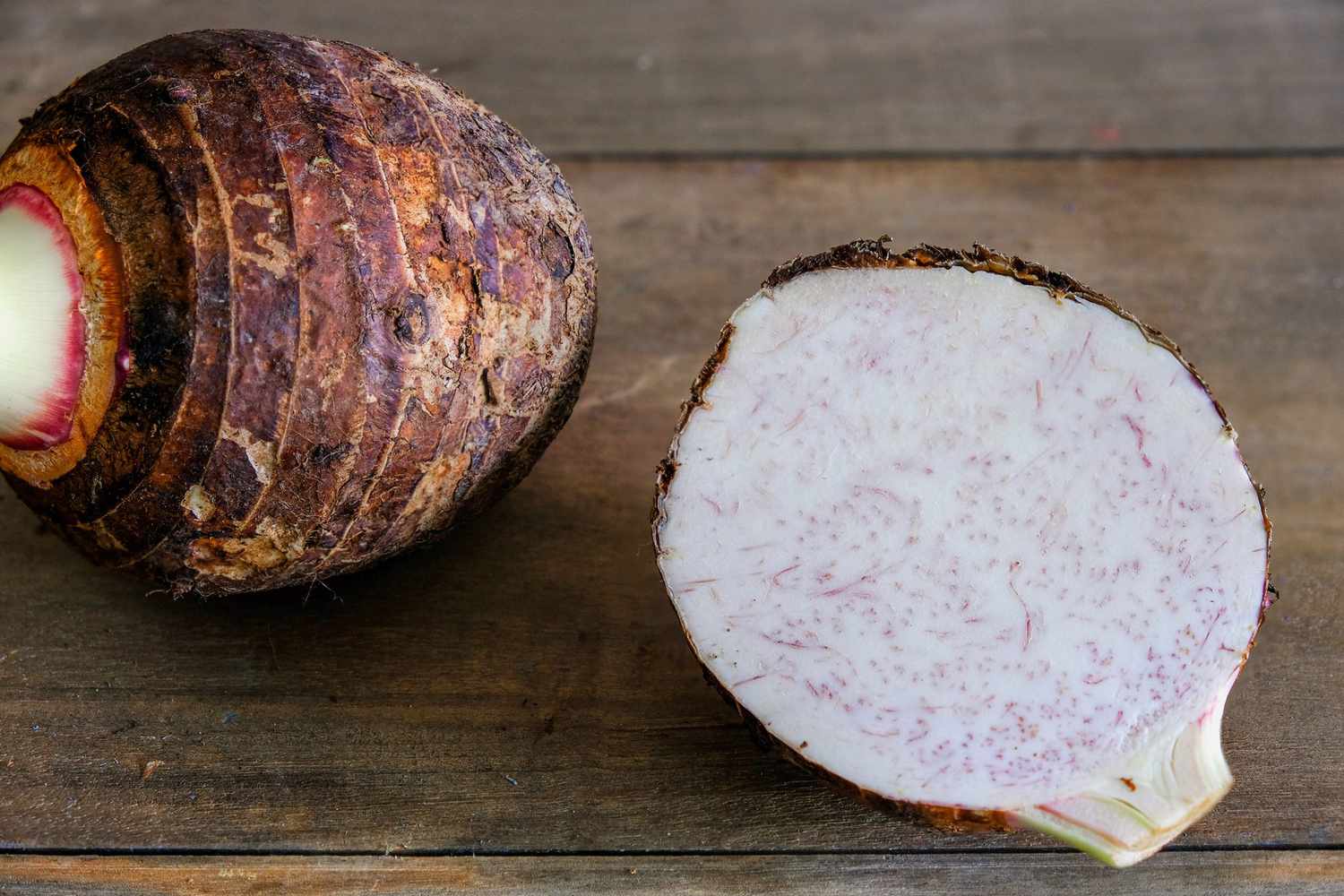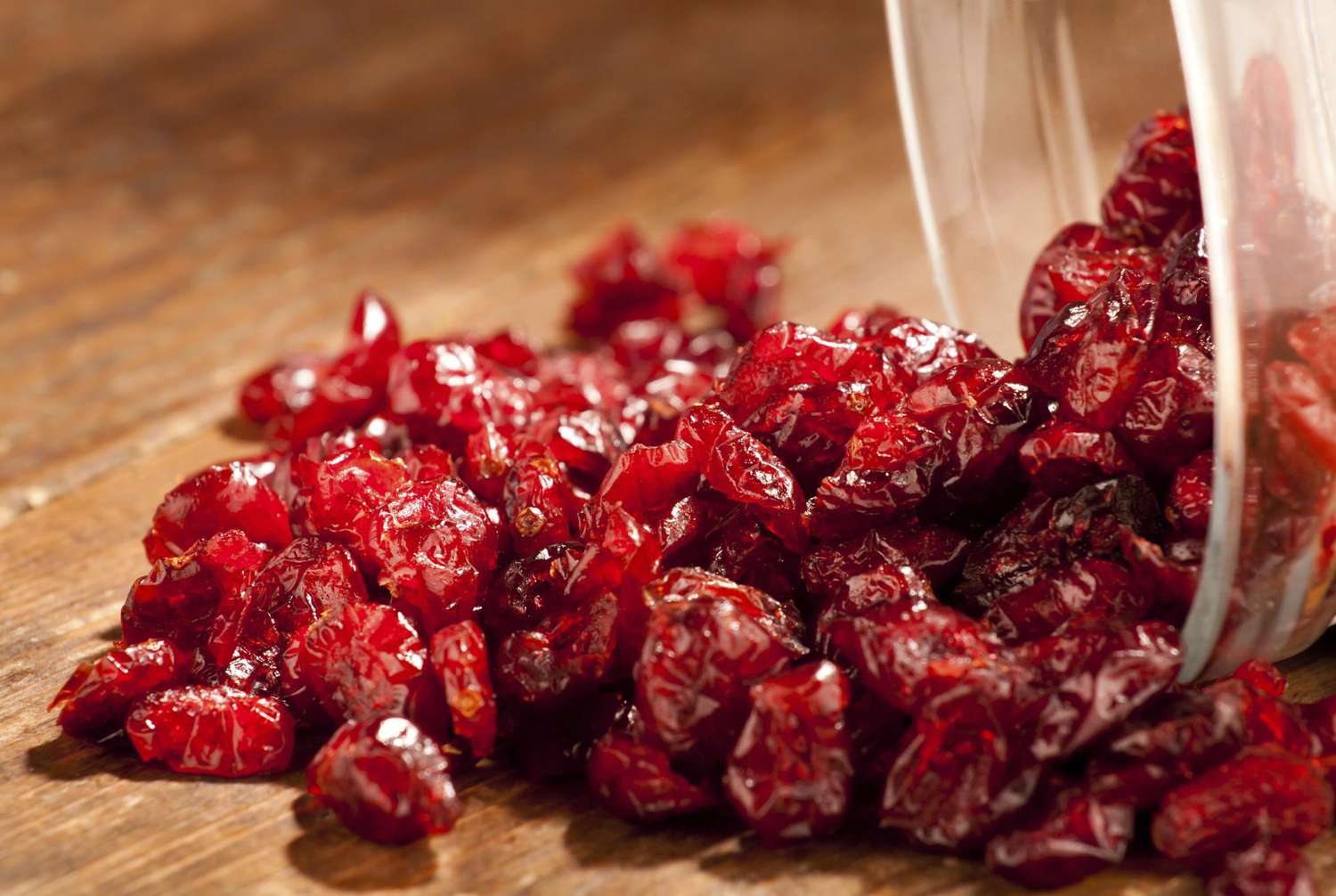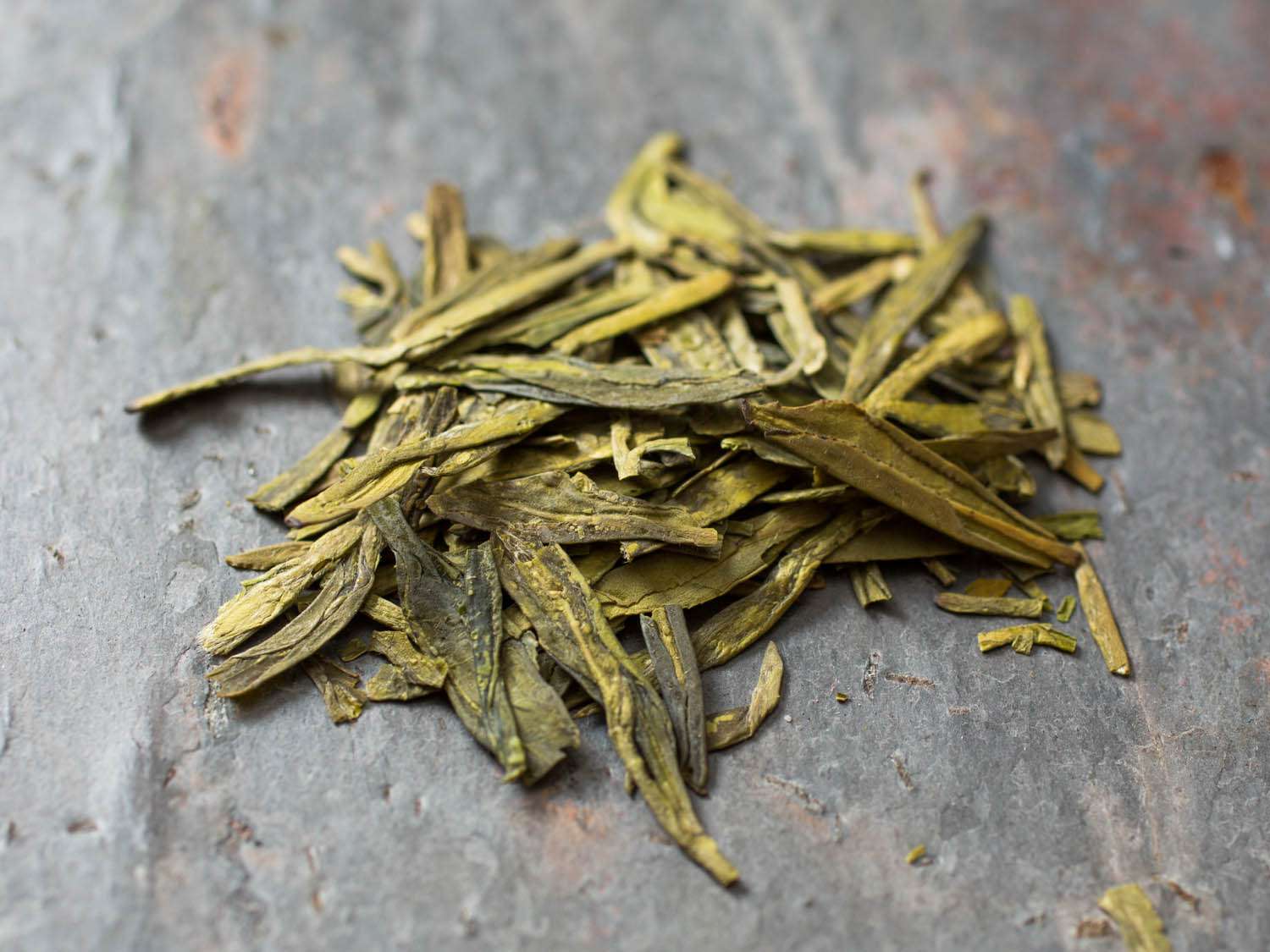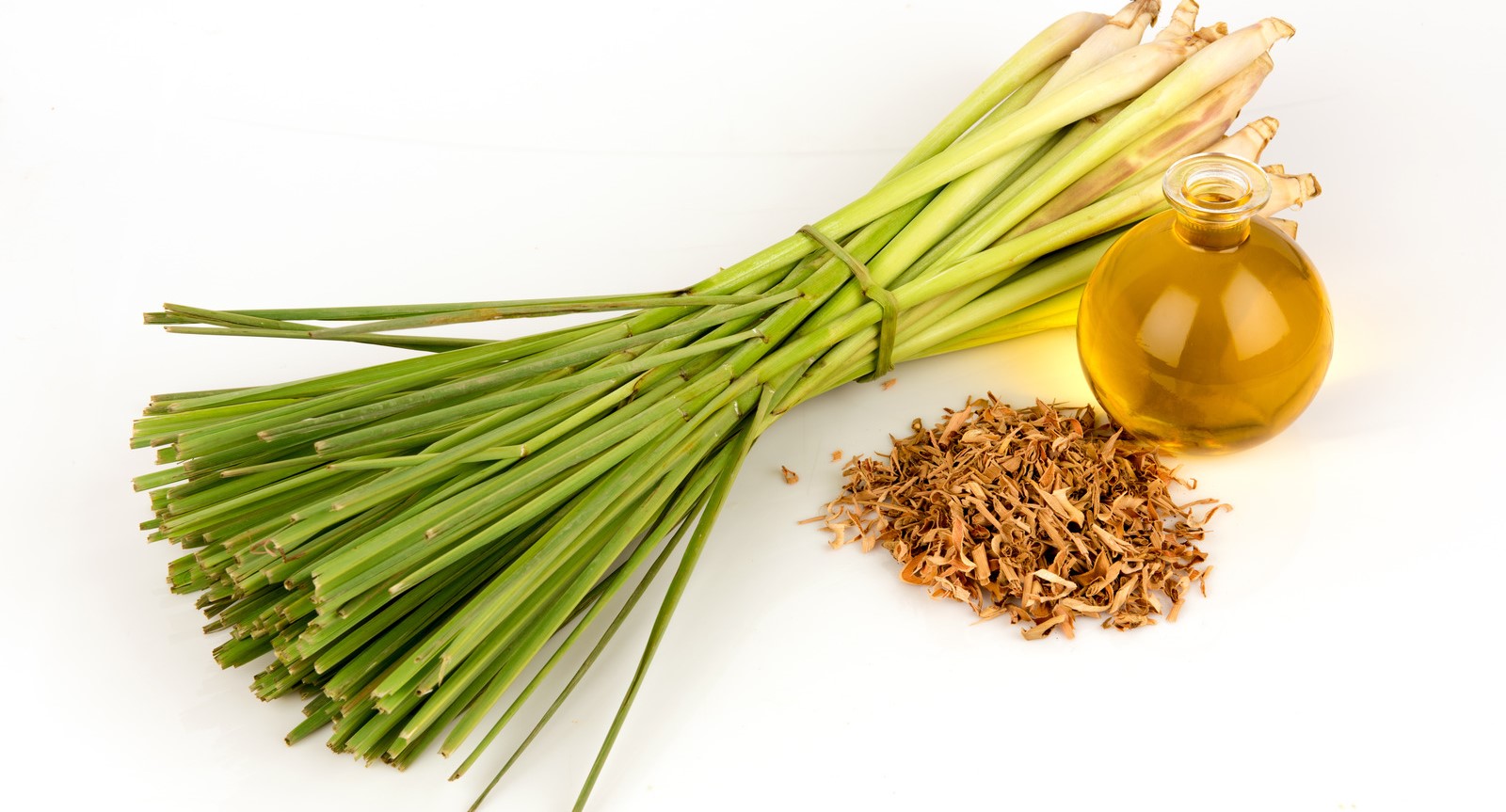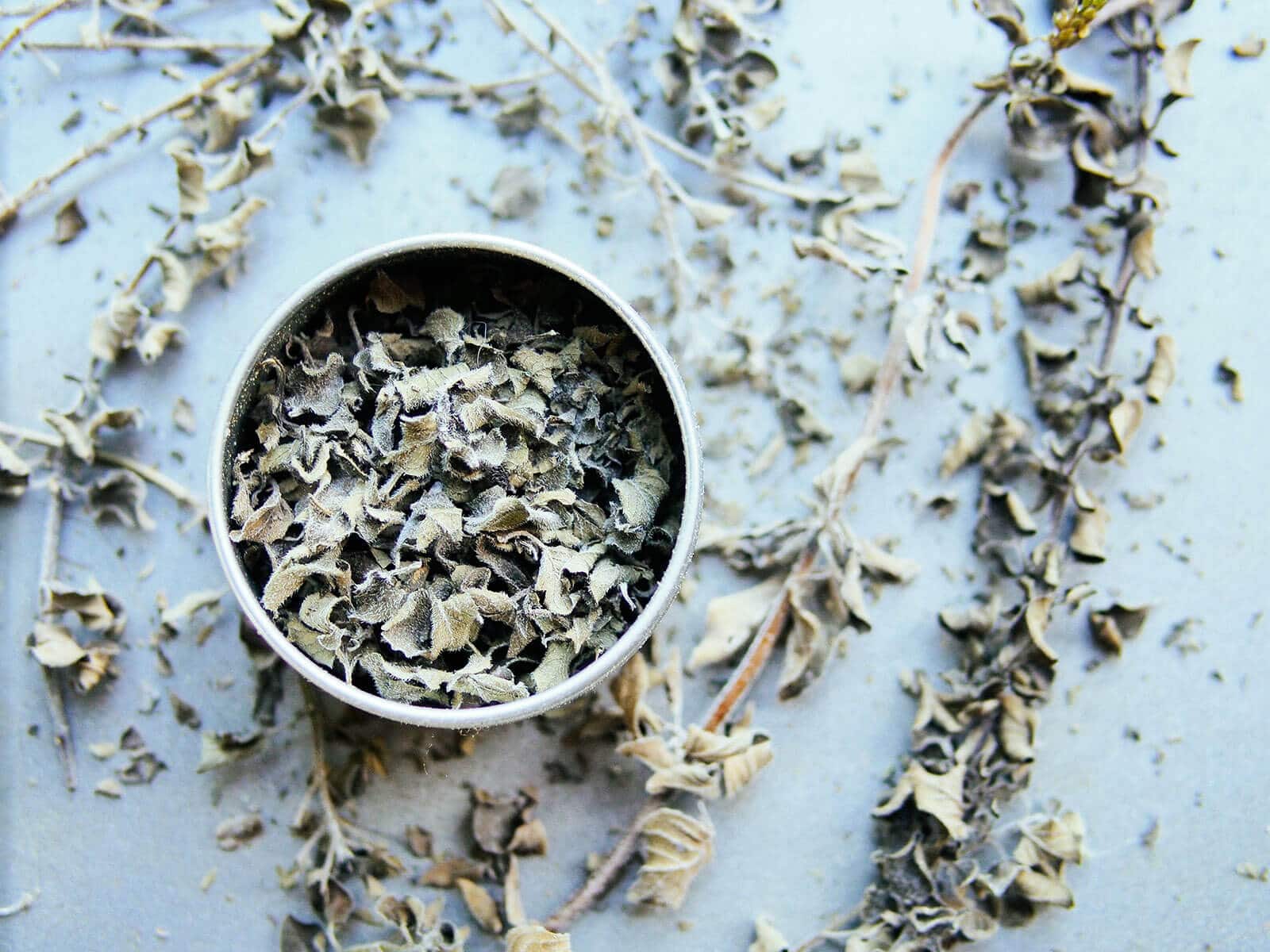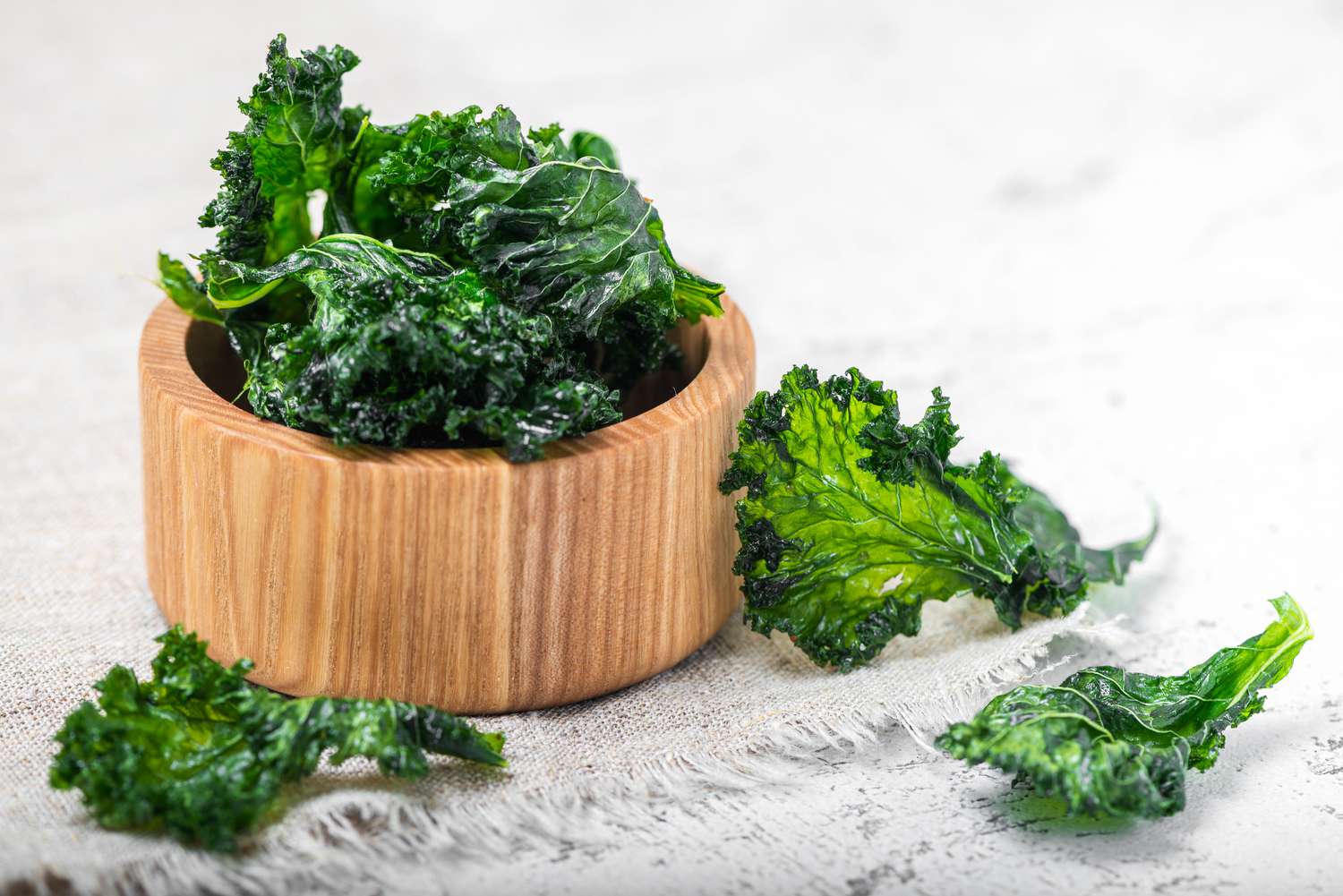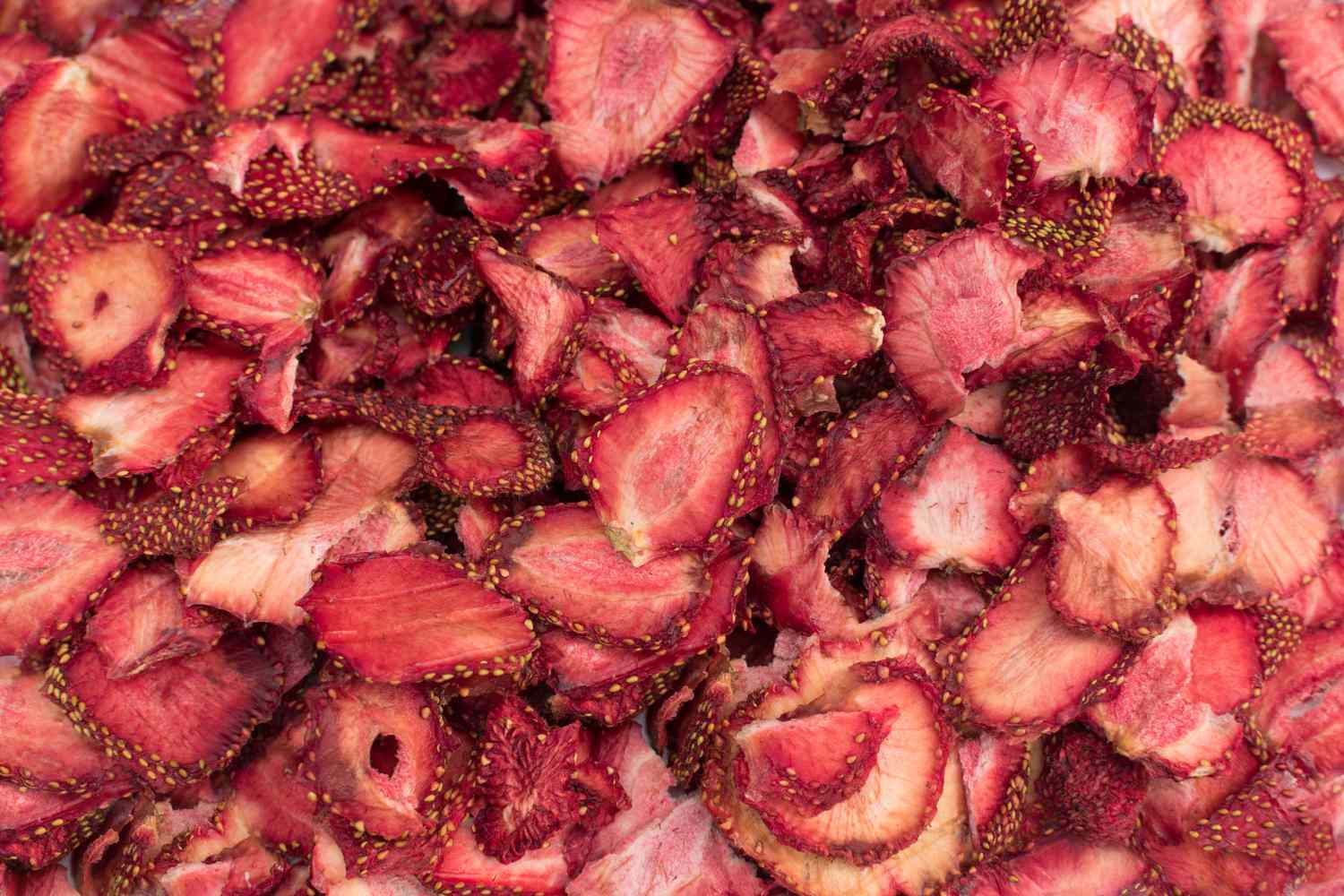Dehydrating Thyme: A Step-By-Step Guide
Thyme is a versatile herb that adds a delightful flavor to a wide range of dishes, including soups, stews, and roasted meats. If you have an abundance of fresh thyme and want to preserve it for later use, dehydrating it in a dehydrator is an excellent option. Dehydrating thyme not only extends its shelf life but also concentrates its flavors, making it a convenient and flavorful addition to your culinary creations. In this guide, we’ll walk you through the process of dehydrating thyme in a dehydrator, ensuring that you can enjoy its aromatic goodness all year round.
Step 1: Prepare the Thyme
Before you begin the dehydrating process, it’s essential to start with fresh, clean thyme. Follow these simple steps to prepare the thyme for dehydration:
- Inspect the thyme sprigs and remove any discolored or wilted leaves.
- Rinse the thyme under cold water to remove any dirt or debris.
- Gently pat the thyme dry with paper towels or allow it to air dry completely.
Step 2: Remove the Leaves
Once the thyme is clean and dry, it’s time to remove the leaves from the stems. This can be easily accomplished by holding the top of the thyme sprig with one hand and running the fingers of your other hand down the stem in the opposite direction of the growth. The leaves will easily fall off, leaving you with a pile of fresh thyme leaves ready for dehydration.
Step 3: Arrange the Thyme on Dehydrator Trays
Now that you have a pile of thyme leaves, it’s time to arrange them on the dehydrator trays. Spread the thyme leaves out in a single layer, ensuring that there is ample space between the leaves for air circulation. This will promote even drying and prevent the leaves from sticking together.
Step 4: Set the Dehydrator Temperature
Most dehydrators have a specific temperature setting for herbs. If your dehydrator has this feature, set the temperature to around 95°F to 115°F (35°C to 46°C). If your dehydrator does not have a specific herb setting, a low temperature setting will work just fine for dehydrating thyme.
Step 5: Dehydrate the Thyme
Once the thyme is arranged on the trays and the dehydrator is set to the appropriate temperature, it’s time to start the dehydration process. Depending on the humidity and the thickness of the thyme leaves, the drying process can take anywhere from 1 to 4 hours. Check the thyme periodically to monitor its progress and ensure that it is drying evenly.
Step 6: Test for Dryness
To determine if the thyme is fully dehydrated, remove a few leaves from the dehydrator and allow them to cool to room temperature. Once cooled, check the leaves for any remaining moisture. Fully dehydrated thyme leaves should be brittle and crumble easily between your fingers. If the leaves are still pliable or contain any moisture, return them to the dehydrator for additional drying time.
Step 7: Store the Dehydrated Thyme
Once the thyme is fully dehydrated, allow it to cool completely before transferring it to airtight containers for storage. Store the dehydrated thyme in a cool, dark place away from direct sunlight and moisture. When stored properly, dehydrated thyme can retain its flavor and aroma for up to a year.
Dehydrating thyme in a dehydrator is a simple and effective way to preserve this flavorful herb for future use. By following these steps, you can enjoy the taste of fresh thyme in your dishes throughout the year, adding a burst of aromatic goodness to your culinary creations.
So, the next time you find yourself with an abundance of fresh thyme, consider dehydrating it in a dehydrator to enjoy its delightful flavor and aroma long after the harvest season has passed.
Using a dehydrator to preserve thyme opens up a wealth of culinary possibilities. Readers can try Herb-Crusted Roast Chicken, a timeless dish where the dried thyme adds an aromatic, earthy layer to perfectly roasted chicken. For a hearty meal, Classic Beef Stew with Thyme provides deep, comforting flavors with the thyme enhancing the richness of the beef. Seafood lovers might enjoy Lemon Thyme Grilled Salmon, where the citrus and herb combination offers a refreshing taste. Vegetarians will appreciate Mushroom and Thyme Risotto, a creamy dish where thyme complements the umami of mushrooms beautifully. Finally, for a simple yet delightful side, Thyme and Honey Glazed Carrots marry the sweetness of honey with the subtle fragrance of thyme, making it a must-try.
Was this page helpful?
Read Next: How To Dehydrate Tempeh In Oven

